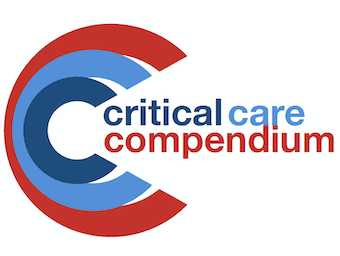
Leptospirosis
Leptospirosis is an infection caused by the spirochaete genus of Leptospira. Severe forms may result in critical illness, including Weil disease and severe pulmonary haemorrhage

Leptospirosis is an infection caused by the spirochaete genus of Leptospira. Severe forms may result in critical illness, including Weil disease and severe pulmonary haemorrhage

Haemophagocytic lymphohistiocytosis (HLH) may be inherited (AR; 5 subtypes, aka familial HLH) or acquired; may mimic severe sepsis, consider in apparent sepsis without source

Antibacterial Resistance: Natural Resistance – they do not possess the molecular target of the drug or are impermeable to it; Acquired resistance – occurs through mutation or the acquisition of new genetic material carried by mobile elements

Antimicrobial Quick Reference

Antimicrobial Stewardship is defined as ‘an ongoing effort by a health-care institution to optimise antimicrobial use among hospital patients in order to improve patient outcomes, ensure cost-effective therapy and reduce adverse sequelae of antimicrobial use (including antimicrobial resistance)’

Aspergillosis: fungal disease caused by the mold Aspergillus, ranging from hypersensitivity to invasive infection. Important species include Aspergillus fumigatus, niger, flavus, calavtus; transmission by inhalation; high mortality

Bacterial meningitis = pyogenic infection of the cerebral ventricles and subarachnoid space -> CSF; usually confined to meninges (although in neonates and adults with Listeria monocytogenes -> cerebritis, encephalitis and abscesses can form)

Diagnosis and treatment of candidiasis is a contentious issue; invasive candidiasis is difficult to diagnose; >150 species of Candida (a yeast), few are pathogens

Cholera: Gastrointestinal infection caused by vibrio cholerae (Gram negative rod); transmission through consumption of contaminated drinking water or food

Cytomegalovirus (CMV) is a human herpesvirus (HHV) that rarely causes significant disease in immunocompetent people but is an important cause of illness in the immunocompromised

Cryptococcosis is a fungal infection caused by two different yeast species, that usually manifests as meningitis or pneumonia; cryptococcus neoformans meningitis is an AIDS defining illness

DEFINITIONS Bacteria = single celled prokaryotic organism. Eukaryote = organism that possess a cell nucleus and other organelles. Fungi = eukaryotic organisms that absorb their food from other living or dead organisms. Parasite = an organism that grows, feeds, and…